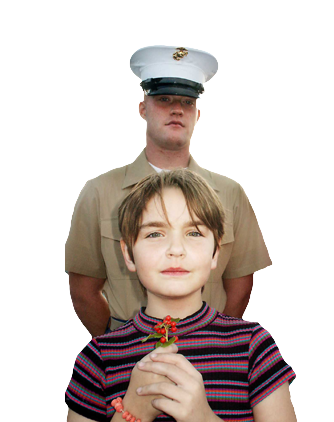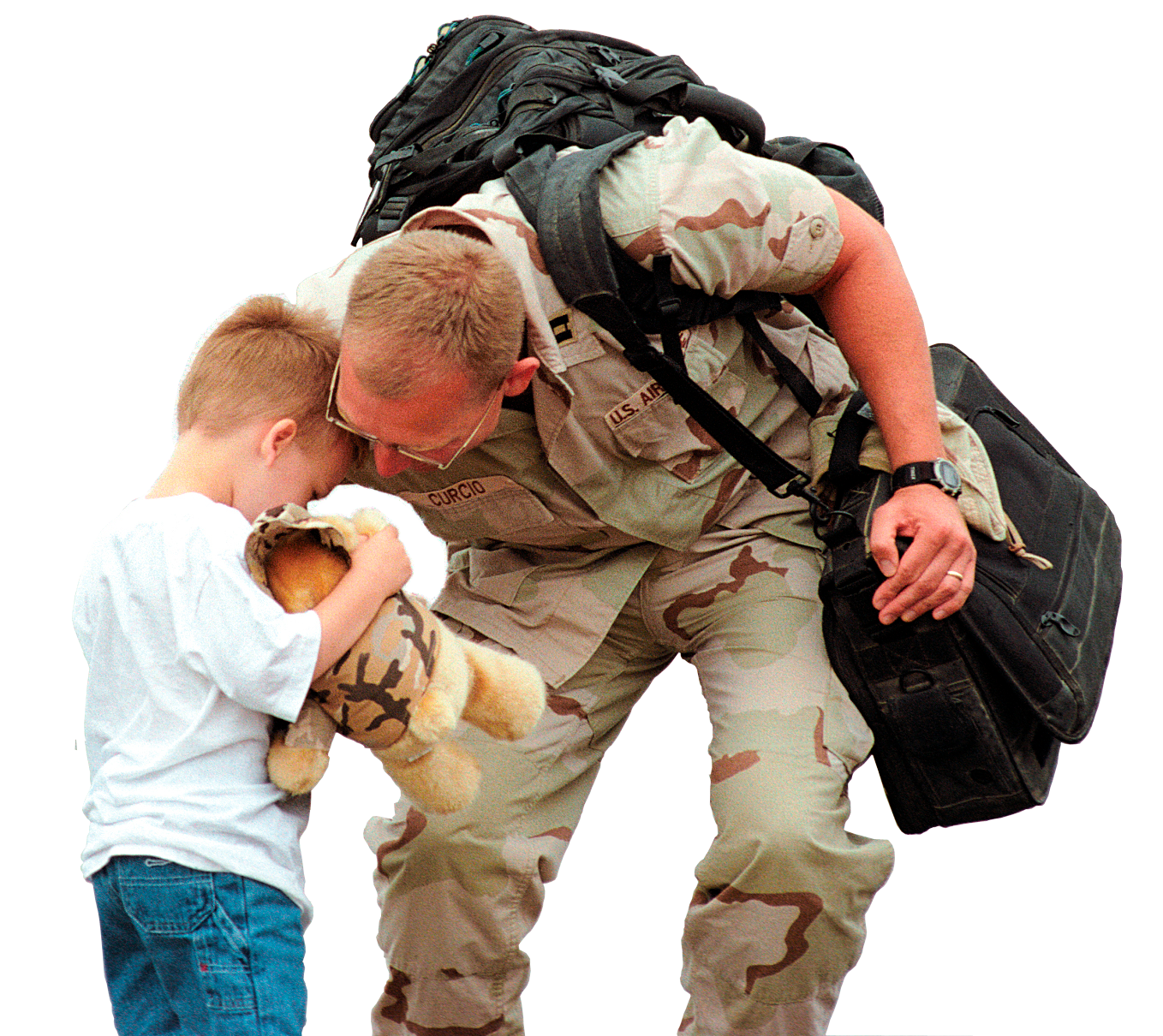[caption id="attachment_3623" align="alignleft" width="250"] Air Force Maj. William Reynolds demonstrates how to evacuate the liquid nitrogen from a fire suppression bottle for the Mi-17 helicopter, Dec. 27, 2009, at Camp Taji, Iraq. Reynolds and Air Force Master Sgt. Jayme Hakenson created a process that will save the Iraqi air force tens of thousands of dollars. U.S. Air Force photo by Master Sgt. Trish Bunting[/caption] CAMP TAJI, Iraq – Two U.S. airmen with 721st Air Expeditionary Advisory Squadron here improvised a device to recharge fire suppression bottles for a Russian-made helicopter to save the Iraqi air force tens of thousands of dollars.
Air Force Maj. William Reynolds demonstrates how to evacuate the liquid nitrogen from a fire suppression bottle for the Mi-17 helicopter, Dec. 27, 2009, at Camp Taji, Iraq. Reynolds and Air Force Master Sgt. Jayme Hakenson created a process that will save the Iraqi air force tens of thousands of dollars. U.S. Air Force photo by Master Sgt. Trish Bunting[/caption] CAMP TAJI, Iraq – Two U.S. airmen with 721st Air Expeditionary Advisory Squadron here improvised a device to recharge fire suppression bottles for a Russian-made helicopter to save the Iraqi air force tens of thousands of dollars.
 Air Force Maj. William Reynolds demonstrates how to evacuate the liquid nitrogen from a fire suppression bottle for the Mi-17 helicopter, Dec. 27, 2009, at Camp Taji, Iraq. Reynolds and Air Force Master Sgt. Jayme Hakenson created a process that will save the Iraqi air force tens of thousands of dollars. U.S. Air Force photo by Master Sgt. Trish Bunting[/caption] CAMP TAJI, Iraq – Two U.S. airmen with 721st Air Expeditionary Advisory Squadron here improvised a device to recharge fire suppression bottles for a Russian-made helicopter to save the Iraqi air force tens of thousands of dollars.
Air Force Maj. William Reynolds demonstrates how to evacuate the liquid nitrogen from a fire suppression bottle for the Mi-17 helicopter, Dec. 27, 2009, at Camp Taji, Iraq. Reynolds and Air Force Master Sgt. Jayme Hakenson created a process that will save the Iraqi air force tens of thousands of dollars. U.S. Air Force photo by Master Sgt. Trish Bunting[/caption] CAMP TAJI, Iraq – Two U.S. airmen with 721st Air Expeditionary Advisory Squadron here improvised a device to recharge fire suppression bottles for a Russian-made helicopter to save the Iraqi air force tens of thousands of dollars.Maj. William Reynolds and Master Sgt. Jayme Hakenson worked together to design and modify a flightline fire extinguisher for the Mi-17 Hip helicopter that will allow Iraqis to fill fire suppression bottles themselves with the chemical Chladon 114B2."Chladon is a fire retardant," said Reynolds, a squadron maintenance officer deployed from Luke Air Force Base, Ariz. "When released, it removes all the oxygen from the air and squelches the fire."Each aircraft has two fire suppression bottles installed on board in case of multiple fires."The problem we’re facing is, it’s very hot in Iraq and the bottles are located near the engine," said Hakenson, a production supervisor adviser deployed from Hurlburt Field, Fla. "When the bottle over-pressurizes, they vent overboard as a safety measure. Several bottles blew inadvertently during flights and without the safety bottles, the aircraft can’t fly." The fire bottles have a 24-month service period. Once the 24 months pass, they have to be removed from the aircraft and checked by a servicing facility. However, the closest facility to fill the bottles is in neighboring Jordan. "Because of infrequent trips to Jordan, it took nearly 18 months to obtain the bottles," said Reynolds, of Oakridge, Tenn. "Every time one of them dies, it really hurts us because we don’t have the spares to replace them." This motivated Reynolds and Hakenson to come up with a solution before they were completely out of supplies. Hakenson, a native of Wheatland, Calif., came up with the idea to use an empty flightline fire extinguisher. They determined if they drilled a hole through the bottom and welded on a piece of one-quarter-inch stainless steel tubing, they could maximize output. Army officials assisted by creating parts and giving pieces to help with the project. To understand how the fire suppression bottle worked, the airmen cut one in half and Reynolds figured out what he needed to do through trial and error. "Because the helicopter is Russian, the bottles required tools we just don’t have, such as a flaring to create a 37-degree bevel," Reynolds said. "The Army's 1st Calvary Brigade helped create adapters that go from Russian specifications to U.S. specifications. They also gave us a piece of tubing that could withstand 9,000 pounds per square inch. "I put a 90-degree elbow on a piece of quarter-inch stainless steel tubing and placed it into the fire suppression bottle," he continued. "Then I connected the hose from the fire extinguisher bottle to the tubing and filled the bottle with five kilograms of Chladon." In addition to filling the bottles, they also discovered how to save some of the Chladon. "Before, there was no way to discharge the bottles. It wasn’t safe to just open it up and vent it into the atmosphere because it pulls the oxygen out of the air," Reynolds said. "But with this recovery tank, we can actually discharge the bottles safely and recover the Chladon, allowing us to reuse it." The device is simple, inexpensive to manufacture and effective. After the Iraqi defense ministry gives approval, the Iraqi air force can begin recharging the bottles themselves. Because of the airmen’s ingenuity, the Iraqis can save time and money and the Mi-17s will continue to fly for years to come. Jan. 6, 2010: By Air Force Senior Airman Jarrod R. Chavana Special to American Forces Press Service (Senior Airman Jarrod R. Chavana serves with U.S. Air Forces Central public affairs.)






